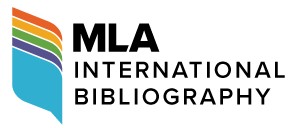Abstract
Marcel Duchamp's artistic endeavors not only challenge Kantian aesthetics but also reflect a certain continuity with it. Duchamp embodies the paradox of the genius who both establishes and transcends indescribable rules. These rules are not templates for imitation by other artists but exemplars for the genesis of new norms. Driven by skepticism towards other agents, Duchamp crafted his own set of artistic principles, valuing innovation and autonomy. However, his venture did not achieve a harmonious integration of imagination and intellect, severing the traditional lineage of aesthetic appreciation without addressing its universality. This led to an untamed creative subjectivity, perpetually embroiled in controversy. Duchamp's ready-made art asserts that not everything qualifies as art. While Duchamp rebuffed the notion of beauty, he did not eschew meticulous formalism. The misinterpretation of Duchamp's oeuvre as “Art equals fine art” overlooks the nuanced levels of his artistic philosophy, where understanding the hierarchical nature of art concepts dispels such misconceptions.
Keywords
Duchamp, Kant, art, fine arts, aesthetic analysis
First Page
121
Last Page
130
Recommended Citation
Wang, Zeqing. 2024. "The Aesthetics of Duchamp's Artistic Practice: Further Exploration of Kantian Aesthetics in the Face of Postmodern Art." Theoretical Studies in Literature and Art 44, (3): pp.121-130. https://tsla.researchcommons.org/journal/vol44/iss3/12


